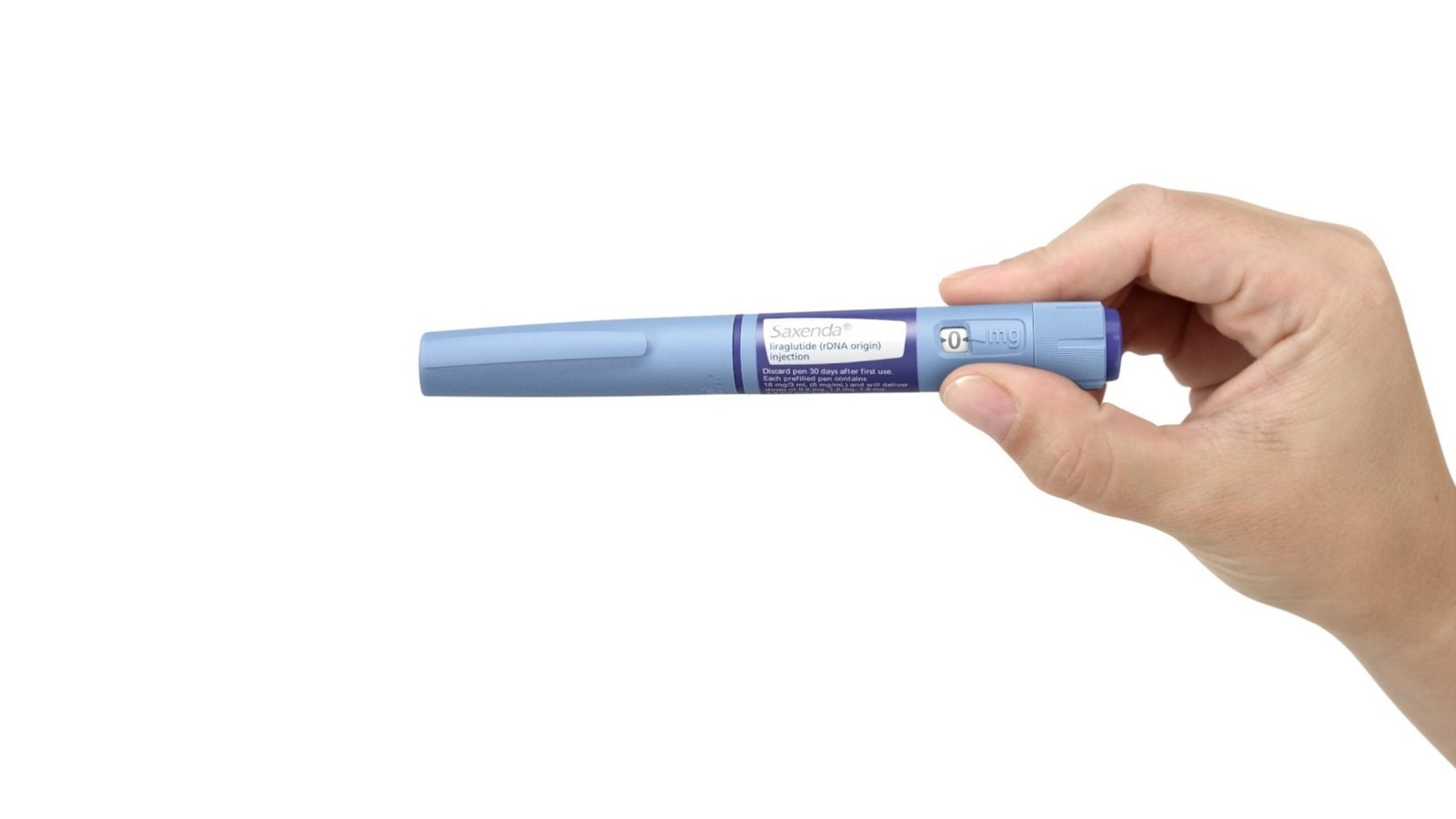Chronic pain can be an unwelcome companion, affecting daily routines, productivity, and overall quality of life. As traditional pharmaceuticals sometimes come with problematic side effects or diminished efficacy over time, many people are seeking natural alternatives for pain management. One such alternative that has surged in popularity is CBD tincture oil. In this comprehensive user’s guide, we will examine every facet of CBD tincture oil, its scientific rationale, dosing, best practices for application, potential side effects, and more—all with a focus on its use for chronic pain.
Understanding Chronic Pain
Defining Chronic Pain
Chronic pain is typically defined as persistent pain that lasts for three months or longer. Unlike acute pain, which serves as a warning signal for injury or illness, chronic pain continues beyond the normal healing time and often becomes a condition in itself. Whether stemming from conditions such as arthritis, fibromyalgia, nerve damage, or sports injuries, chronic pain can lead to frustration, sleep disturbances, and emotional stress. Recognizing the multidimensional nature of chronic pain is essential when exploring alternative therapies like CBD tincture oil.
The Emotional and Physical Toll
For many sufferers, chronic pain is more than a physical ailment—it can also lead to anxiety, depression, and social isolation. Over time, the constant presence of pain can disrupt sleep patterns, diminish energy levels, and impair cognitive function. This interconnectedness between physical discomfort and emotional well-being underscores the need for holistic management approaches that address both symptom relief and quality of life improvements.
What is CBD Tincture Oil?
Understanding CBD
Cannabidiol (CBD) is one of more than 100 cannabinoids found in the cannabis plant. Unlike its cousin, THC, CBD does not produce a euphoric “high” but has been associated with various therapeutic benefits, including anti-inflammatory, analgesic, and anxiolytic properties. These qualities make CBD an attractive option for individuals seeking natural remedies for chronic pain.
The Tincture Form
CBD tincture oil is a liquid extract typically made by steeping hemp flowers in a solvent such as high-proof alcohol or by using CO₂ extraction techniques. The resulting extract is then blended with a carrier oil—often MCT (medium-chain triglyceride) oil or coconut oil—to enhance bioavailability, improve taste, and allow for easy administration. When taken sublingually (under the tongue), CBD tincture oil is absorbed directly into the bloodstream through the mucous membranes, offering a faster onset of relief compared to edibles.
Advantages of a Tincture
Tinctures provide several distinct benefits for chronic pain management:
- Precision in Dosing: The dropper allows for precise measurement of CBD, ensuring that users can incrementally adjust their dose.
- Rapid Absorption: Sublingual use bypasses the digestive system, leading to quicker absorption and a faster onset of effects.
- Versatility: CBD tinctures can be used alone or added to food and drinks, offering flexibility in daily routines.
- Long Shelf Life: When stored properly, tinctures tend to have a longer shelf life than some other forms of CBD.
How CBD Tincture Oil Works for Chronic Pain
The Endocannabinoid System
At the heart of CBD’s mechanism is the endocannabinoid system (ECS), a complex cell-signaling network present throughout the human body. The ECS plays a crucial role in regulating various physiological processes, including pain sensation, inflammation, mood, and immune response. CBD interacts with the ECS by modulating receptor activity without binding directly to the primary cannabinoid receptors (CB1 and CB2). This modulation helps maintain homeostasis, which is key in managing chronic pain.
Reducing Inflammation and Modulating Pain Signals
Chronic pain often involves inflammation and nerve sensitization. CBD’s anti-inflammatory properties can help reduce the production of pro-inflammatory cytokines, thus easing inflammation at the injury site. Additionally, by influencing neurotransmitter activity, CBD can help dampen pain signals sent to the brain. Over time, consistent use of CBD tincture oil for pain relief contributes to balanced pain perception and a reduction in overall discomfort.
Neuroprotection and Mood Enhancement
Beyond its analgesic effects, CBD has shown potential in neuroprotective functions. By minimizing oxidative stress and promoting neural health, CBD may indirectly alleviate chronic pain symptoms. Furthermore, the compound’s anxiolytic properties can help counteract the psychological burden of chronic pain, lowering anxiety levels and improving overall mood—a benefit that many chronic pain sufferers value highly.
Dosage Considerations for Chronic Pain
Finding the Right Dose
Dosing CBD tincture oil for chronic pain is a highly individual process. Factors such as body weight, metabolism, pain severity, and individual endocannabinoid system sensitivity all play a role. A general guideline is to start with a low dose, typically ranging from 2 to 5 milligrams of CBD per serving, and then gradually increase the amount until you achieve the desired relief.
Titration Method
- Start Low: Begin with 2-5 milligrams of CBD tincture oil.
- Observe Effects: Allow at least 60 to 90 minutes to assess the impact on your pain and overall feeling.
- Incremental Increases: If minimal relief is noted, increase the dosage slightly in subsequent sessions.
- Maintain a Journal: Keep a daily log of your CBD intake, noting the time of day, dosage, pain levels before and after ingestion, and any accompanying side effects. This record will help you identify your optimal dosage over time.
Factors Influencing Dosage
- Chronic Condition Type: Conditions such as arthritis may require different dosages compared to neuropathic pain.
- Frequency of Use: Some users may find that dividing the total daily dose into multiple smaller doses (morning, afternoon, and evening) produces steadier relief.
- Tolerance Levels: Regular use may lead to a need for dosage adjustments over time. It is crucial to remain flexible and responsive to your body’s feedback.
How to Use CBD Tincture Oil Effectively
Sublingual Administration
The most common method of using CBD tincture oil is sublingual application. To do this:
- Shake the Bottle: Ensure the contents are well-mixed before use.
- Measure Your Dose: Use the dropper to measure the prescribed dose.
- Place Under the Tongue: Apply the oil under your tongue and hold it there for at least 60 seconds. This waiting period allows the CBD to be absorbed via the sublingual glands and directly enter your bloodstream.
- Swallow or Spit: After 60 seconds, you can either swallow the remaining oil or spit it out, depending on personal preference and taste tolerance.
Incorporating Tincture into Daily Routine
For chronic pain management, consistency is key. Integrate the CBD tincture into your daily routine by taking it at the same times each day. Many users find that taking CBD in the morning helps manage pain throughout the day, while an extra dose in the evening may improve sleep quality by alleviating nighttime discomfort.
Alternative Methods of Consumption
While sublingual administration is preferred for its rapid efficacy, some users blend CBD tincture oil into their food or beverages. This method may delay onset due to digestive processing but can be a more palatable option for those who dislike the sublingual taste. If using this approach, consider combining it with a meal that contains healthy fats; fats can enhance CBD absorption, potentially leading to improved pain relief.
User Tips and Best Practices
Quality Matters
The efficacy of CBD tincture oil largely depends on product quality. Look for reputable brands that:
- Provide Third-Party Lab Testing: Ensure that the product has undergone rigorous testing for potency, purity, and contaminants.
- Disclose Sourcing Information: High-quality CBD is often derived from organically grown hemp.
- Offer Transparent Labeling: Clear information on the cannabinoid profile, extraction method, and batch-specific details is essential for informed use.
Gradual Introduction
It is best to introduce CBD tincture oil gradually into your chronic pain management regimen. This approach allows the body to adjust to the new compound without overwhelming the system. Starting with a conservative dose also helps mitigate any potential side effects.
Combination with Other Pain Management Therapies
CBD tincture oil can be integrated into a comprehensive chronic pain management plan. Consider combining it with:
- Physical Therapy or Exercise: Engaging in low-impact activities and targeted physical therapy can improve mobility and reduce stiffness.
- Mindfulness and Relaxation Techniques: Practices such as meditation, deep breathing, and yoga may complement CBD’s anxiety-reducing effects.
- Dietary Adjustments: A nutrition plan that minimizes inflammation, including a diet rich in omega-3 fatty acids, can work in tandem with CBD to improve overall pain management.
Monitoring and Adjustments
Maintaining a daily log or journal is invaluable when using CBD tincture oil for chronic pain. Not only does this help with dosage adjustments, but it also provides insights into factors that may affect pain levels, such as stress, diet, and physical activity. Over time, patterns may emerge that enable further fine-tuning of your therapeutic regimen.
Potential Side Effects and Precautions
Common Side Effects
While CBD is generally considered safe, some users may experience mild side effects such as:
- Dry mouth
- Drowsiness or fatigue
- Digestive discomfort
- Changes in appetite
These effects are typically transient, especially as the body becomes accustomed to regular CBD use. If side effects persist or become bothersome, consider adjusting the dosage or the timing of administration.
Drug Interactions and Consultation
CBD can interact with certain medications, primarily because it is metabolized by the liver enzyme CYP450. This enzyme is responsible for breaking down many prescription drugs. If you are taking other medications, it is essential to consult a healthcare professional before incorporating CBD tincture oil into your regimen. A clinician experienced with cannabis therapeutics can help determine potential interactions and make appropriate dosage recommendations.
Allergies and Sensitivities
Although rare, some individuals may be sensitive to the carrier oils used in tinctures (such as MCT or coconut oil) or other ingredients in the formulation. Conduct a patch test by applying a small amount of the tincture to your inner arm and monitoring for irritation before full-scale usage.
Legal and Regulatory Considerations
The legal status of CBD tincture oil can vary by jurisdiction. In many regions, hemp-derived CBD products containing less than 0.3% THC are legally available. However, consumers should educate themselves on local regulations to ensure compliance. Additionally, the quality and safety of CBD products are increasingly scrutinized, making it wise to purchase from reputable, certified manufacturers. Always verify lab reports and consult sources that offer transparent product information.
Research, Testimonials, and Future Directions
Scientific Studies and Evidence
Growing clinical research supports the use of CBD for pain management. Several studies have demonstrated the anti-inflammatory and analgesic effects of CBD, particularly on chronic pain conditions such as osteoarthritis, neuropathic pain, and rheumatoid arthritis. While further studies are required to fully understand optimal dosing strategies and long-term outcomes, the current body of evidence is promising and bolsters anecdotal reports of relief.
Real-life User Experiences
Numerous individuals living with chronic pain have incorporated CBD tincture oil into their daily routines with notable success. Many report not only an alleviation of pain symptoms but also improvements in sleep quality and overall sense of well-being. These testimonials underscore the importance of personalized dosing and consistent usage—all of which are supported by user logs, gradual titration, and lifestyle adjustments.
Ongoing Innovation and Future Trends
As research into CBD and chronic pain advances, so too will the products designed for pain management. Future innovations may include improved extraction methods, enhanced bioavailability formulations, and even personalized dosing regimens based on individual genetics and metabolic profiles. For users, this means that the landscape of pain management is likely to evolve further, offering even more effective and tailored solutions.
Conclusion
CBD tincture oil offers a natural, accessible, and flexible option for managing chronic pain. By harnessing the body’s endocannabinoid system, CBD can modulate pain signals, reduce inflammation, and contribute to an overall sense of balance and well-being. For chronic pain sufferers, the ease of sublingual administration combined with the precision of dosing makes tincture oil an attractive addition to a multifaceted pain management strategy.
However, as with any therapeutic intervention, success depends on a personalized approach. Understanding your unique pain triggers, maintaining a detailed usage journal, starting with low doses, and gradually adjusting based on your body’s response are all vital steps in optimizing CBD’s benefits. Complementing CBD usage with other wellness practices—such as regular exercise, mindfulness techniques, and proper nutrition—can further enhance its efficacy in alleviating pain.
While the scientific community continues to explore the mechanisms and long-term effects of CBD, current evidence and user experiences provide a strong rationale for its role in chronic pain management. Always consult with a healthcare professional before beginning any new treatment regimen, especially if you are taking additional medications or have underlying health conditions.
















Leave a Reply